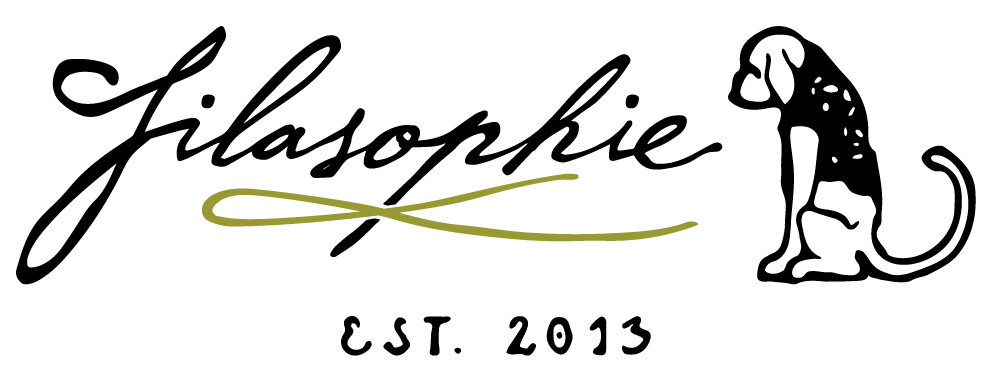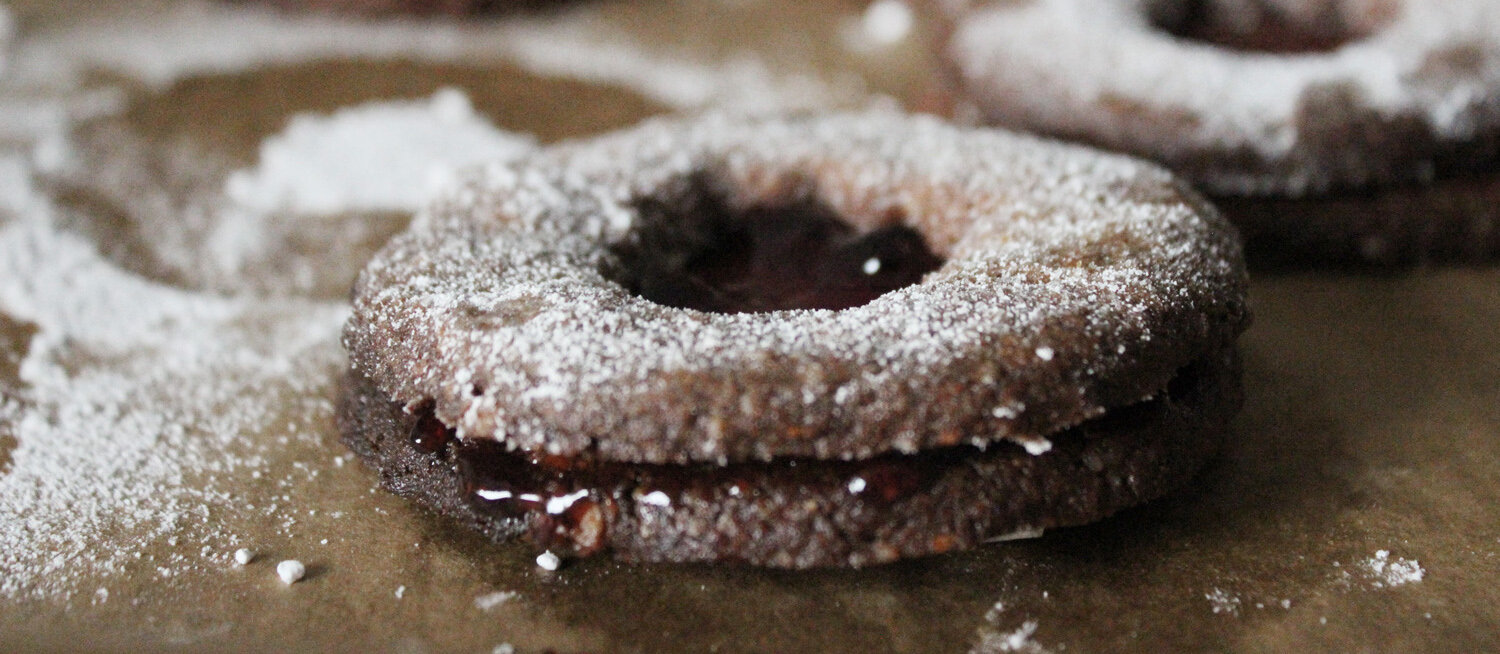{ The eldest cake recipe & how “a sweet greeting” arrived at the Black Forest }
Bonjour! Are you still searching for a culinary titbit which you could serve on Christmas Eve?
How about a delicious slice of cultural history - named „Linzertorte“ - for dessert?
In the wine region Baden/Germany it is not uncommon to enjoy this traditional pastry, called „Linzer“ with a glass of wine…
Many myths and personal stories have grown up around the origin and inventor of this particular speciality: was it the Viennesse pastry chef named Linzer or is it rather named after the pretty Linz bakers known for their finest short pastry…?
However, one thing is certain: its is the eldest pie recipe worldwide, which was noted 1653 in the book called „Buech von allerley Eingemachten Sachen, also Zuggerwerckh, Gewürtz, Khütten und sonsten allerhandt Obst wie auch andere guett und nützlich Ding“ by countess Anna Margarita Sagramosa.
But there has already been pastries with this specific lattice crust on top during the Roman area. This typical grid not only serves the purpose of a decorative element, but also preserves the topping from breakup: during the baking process, steam occurs by the fruity coating and the grid topping allows it to escape.
How did the Linzertorte arrived the black Forest?
Historians assume that this baroque bakery product was imported to the Black Forest region during the domination of Austria on mainly Alsace and South Baden.
Ensisheim/Alsace was superseded by Freiburg/Baden to become the administrative centre of further Austria. It is therefore not surprising that another historic recipe from 1775 is stored in the city archive of Freiburg. (Reference: Heidi Knoblich)
Since 1646 - 1900 numerous confectioners took notes of their variations in recipe books so that there are 83 different historic recipes - all neatly archived in the collection “Bibliothek der Oberösterreichischen Landesmuseen”.
Especially in the Baroque period this delicious almond cake achieved great popularity and has been sent as „Sweet Greetings“ during the Biedermeier period (1815-1848).
Finest ingredients such as rosewater, mace and frostings underline the high value of this baroque pastry.
The main ingredients butter, nuts, sugar and flour remained almost still the same over the decades. The modifications of the Black Forest Linzer cake are the naming, the fruity coating, cocoa and of course a good amount of Black Forest Kirsch.
Those who have had the benefit of trying this flavored cake can guess why it shouldn’t be missed on any family celebration. Linzertorte has become an integral part of the famed Baden cuisine and is also very popular for it’s long storage time.
Therefore this traditional family recipe passed down from one generation to the next - same within my family:
1940 my grandfather began an apprenticeship as a baker and recorded his knowledge nice and neat in a tiny black notebook. Almost 80 years later, I’m lucky enough to hold this treasure in hands - in the third generation.
Today I’d love to share with you his version of the famous Linzertorte - let’s have a look inside:
RECIPE for LINZERTORTE
250 g butter
250 g sugar
250 g flour
250 g ground nuts (almonds, hazelnuts) - I used walnuts
1 tsp cinnamon
1 knife point clove powder
1 heaped. tbsp Cocoa
2 tbsp Black Forest kirsch (cherry brandy)
1 glass raspberry jam
1 egg yolk
(If you prefer, you may also add 1 level tsp of baking soda)
Preheat the oven at 160°C.
In a large bowl mix all the ingredients - except the egg yolk - and let sit for at least 1 h in the refrigerator.
Grease the baking form (diametr 26 cm). Roll 2/3 of the dough and line the baking pan with the dough. Please note: as the dough is quite sticky, I recommend to roll it between 2 sheets of baking paper or plastic wrap.
Form sides and stripes for the lattice grid from the remaining 1/3 of dough. Set them aside.
Spread the bottom cake layer with jam and decorate the cake with the prepared parts of dough (sides and grid).
Cover the top coat of the cake with egg yolk.
Bake the Linzertorte at 160°C for approx. 50 - 60 minutes.
Allow the cake to cool down, wrap it neatly and let it rest for at least 2 days before cutting - the longer, the better it will taste!
Tip: you may also bake some cookies like I did by cutting out circles for bottoms and some with an inner cut out for the topping. Bake these at 180°C for approx. 10 minutes. Let them cool down a bit, add some jam on the bottoms and dust the tops (with the cut outs) with icing sugar. Assembly bottoms and tops - et voilà: enjoy your miniature Linzer!
We hope you’ve enjoyed this culinary trip and maybe it also inspires you to try this recipe by your own? You will not regret it!
Best wishes
Sophie & „Hubertus“
Merci…
I’d like to take this opportunity to thank Heidi Knoblich for her help and kind communication during my research for this blog article.
The Linzer cake is also mentioned in her Christmas children’s book „Xaver im Uhrenland“ when there its written: “Ob sie schon eine Linzertorte backt? Weihnachten ist nur einmal im Jahr, sagte sie immer, wenn sie das feine Mehl, die Nüsse und den teuren Zucker aufsparte.“ In translated sense this text passage carries us off into the past times when finest & expensive ingredients like flour, nuts and sugar have been kept during the year - because Christmas is only once a year….
Heidi Knoblich was born in the southern Black Forest area where she works as an author and free journalist. You may get more insights into her work here







